Constant-Velocity Joint: Why is it important?
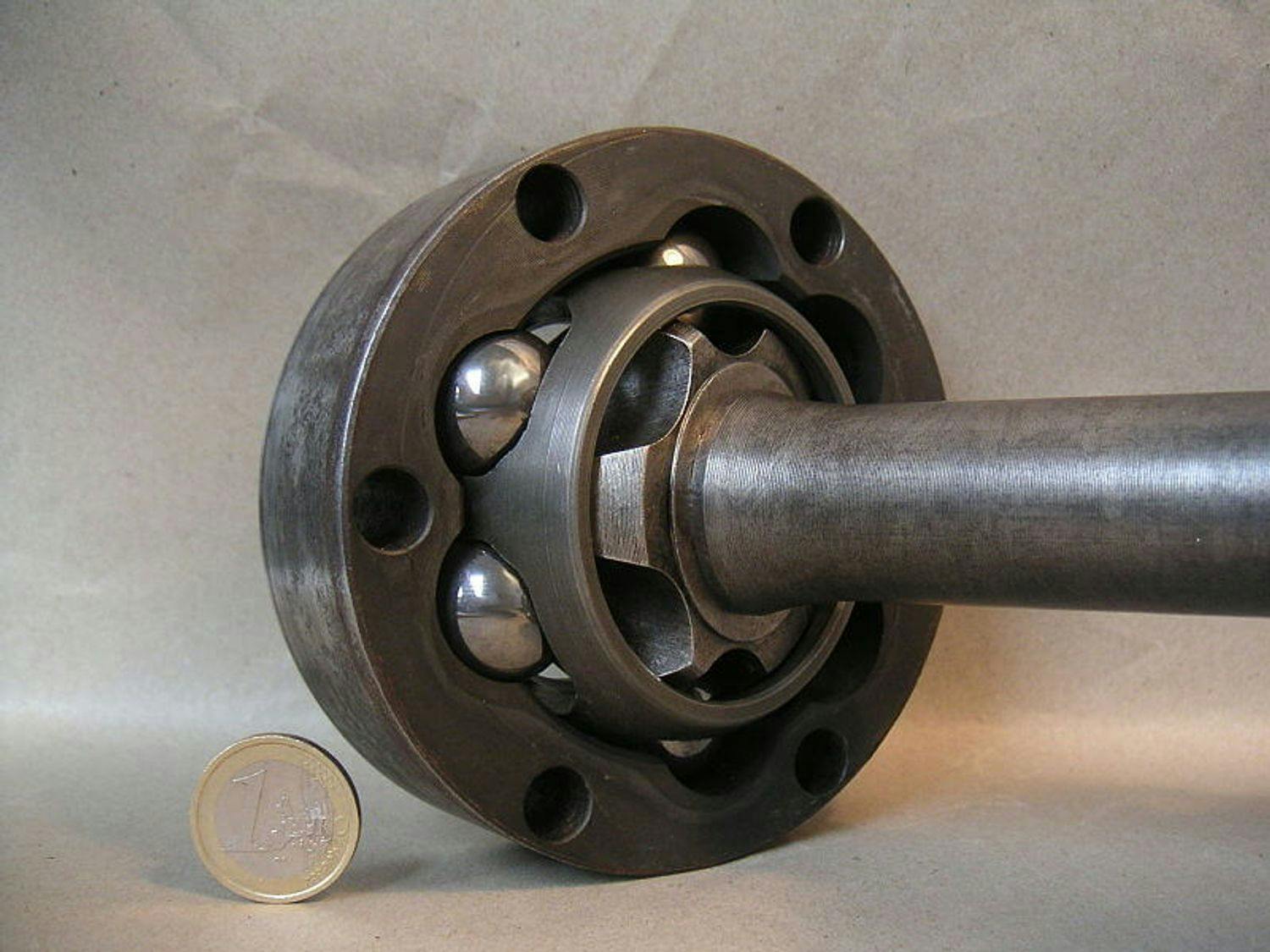
Constant-velocity joint, often abbreviated as CV joint, enables efficient torque transmission, ensuring that the rotational speed of both shafts remains constant, even when the angle between them changes.
In this article, we will explore the ins and outs of CV joints, how they work, and why they are so crucial to the proper function of a vehicle.
Table des matières
Function and Importance of Constant Velocity Joints
CV joints are essential in various applications because they maintain a constant rotational speed, even when the angle between the input and output shafts changes. This is crucial for:
Ensuring smooth and efficient power transmission
Reducing vibrations and noise
Minimizing wear and tear on mechanical components
CV joints are vital for maintaining stable and comfortable driving conditions in vehicles. They accommodate the changes in angles and distances between the engine and the wheels as the suspension moves, ensuring that power is transmitted smoothly and consistently.
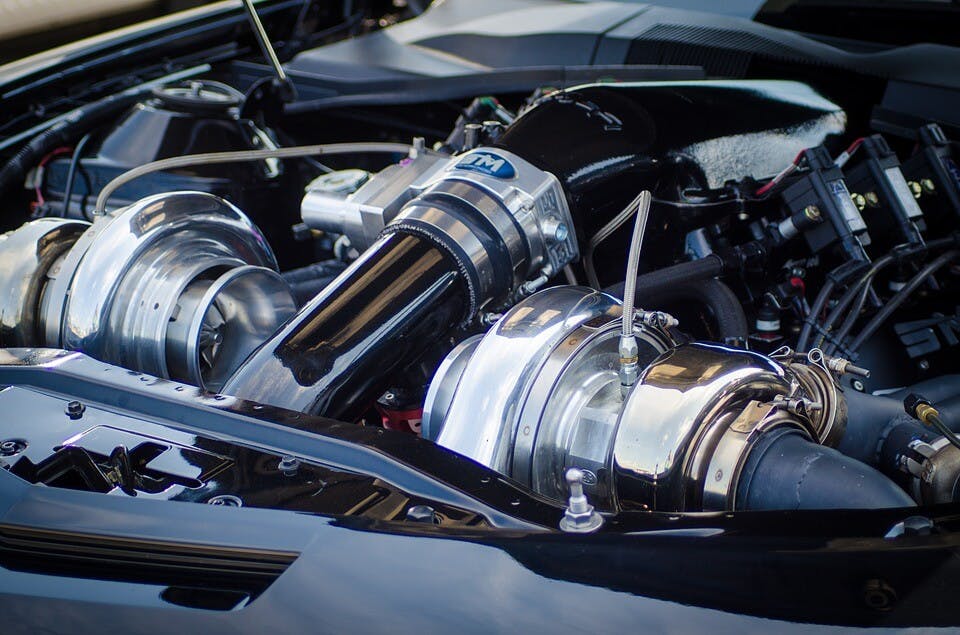
Engine Power And Torque: Which of these parameters is more important?
How Does Constant-Velocity Joint Work?
The CV joint comprises inner and outer joints, with the inner joint attached to the transmission and the outer joint to the wheel hub. The joint contains a special grease that lubricates moving parts and reduces friction.
The inner joint has a tripod design, comprising three rollers that slide inside the joint housing, held in place by a cage allowing them to move up and down with the suspension.
On the other hand, the outer joint is a ball-and-socket design, consisting of a ball and socket that fit together to articulate while maintaining a constant velocity.
Types of Constant Velocity Joints
Several types of CV joints are designed for specific applications and performance requirements. The most common types include:
Rzeppa Joint
Tripod Joint
Double Cardan Joint
1. Rzeppa Joint
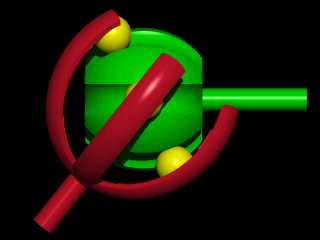
The Rzeppa joint, named after its inventor Alfred H. Rzeppa, is a ball-type CV joint consisting of an inner and outer race connected by six spherical balls. The balls are positioned in grooves that allow for smooth and continuous rotation, even when the angle between the input and output shafts changes.
2. Tripod Joint
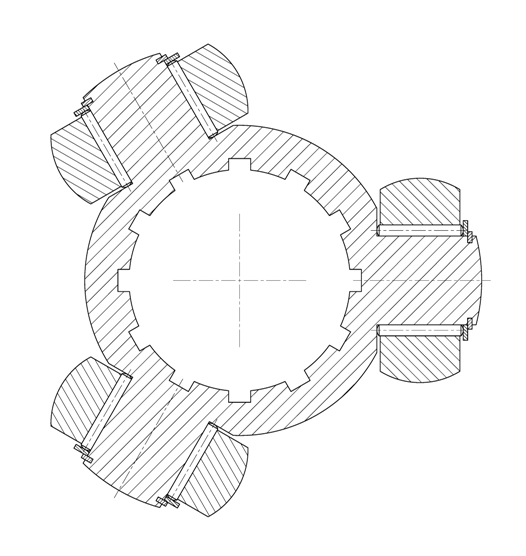
Also known as the tripod CV joint or the trilocular joint, the tripod joint consists of a tripod-shaped component with three roller bearings mounted on its legs. These bearings slide in grooves on the outer race, allowing continuous rotation and angular movement.
3. Double Cardan Joint
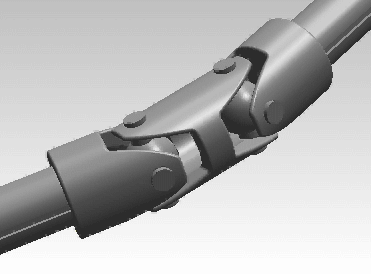
The double cardan joint, also known as the universal joint, is essentially two cardan joints combined into one unit. This design allows for larger angular displacements, making it suitable for applications with significant changes in the angle between the input and output shafts.
Common CV Joint Problems
Worn or damaged CV boots: A torn or leaking CV boot can allow contaminants to enter the joint, leading to premature wear and potential failure. Regular inspection and prompt replacement of damaged boots are essential to prevent further issues.
Excessive wear: Over time, the components within a CV joint can wear down due to friction, resulting in a loss of constant velocity and the potential for vibrations or noise. If you experience these symptoms, it may be time to replace the worn joint.
Contamination: Dirt, debris, and moisture can enter the joint through damaged boots or seals, causing accelerated wear and corrosion. Ensuring that the boots and seals are in good condition is crucial to prolonging the life of the CV joint.
Improper installation: If a CV joint or axle assembly is not properly installed, it can cause premature failure or other issues. Ensure that components are installed correctly and torqued to the manufacturer's specifications.
Maintenance and Replacement of Constant-Velocity Joints
While designed to last the life of the vehicle, CV joints can fail prematurely if not correctly maintained. A lack of lubrication is the most common cause of failure. Moving parts can become damaged if not adequately lubricated, resulting in premature failure.
If a CV joint does fail, it will typically need to be replaced. Bear in mind that it is crucial to replace a failed CV joint as soon as possible to prevent damage to other components in the vehicle.
Frequently Asked Questions about Constant Velocity Joints
Question: How Long Do CV Joints Last?
Answer: The lifespan of a CV joint can vary depending on several factors, such as the quality of the joint, driving conditions, and vehicle maintenance. Typically, a CV joint can last anywhere from 100,000 to 150,000 miles.
Question: How Can You Tell If a CV Joint Is Bad?
Answer: Signs of a bad CV joint include clicking or popping noises when turning, vibrations while driving at high speeds, and grease leaking from the joint. If experiencing any of these symptoms, it is essential to have the CV joint inspected promptly.
Conclusion
Constant-velocity joints are an essential component in many modern vehicles. They allow the wheels to move up and down with the suspension while maintaining a constant velocity, which is crucial for maintaining a smooth ride and transferring the torque from the transmission to the wheels.